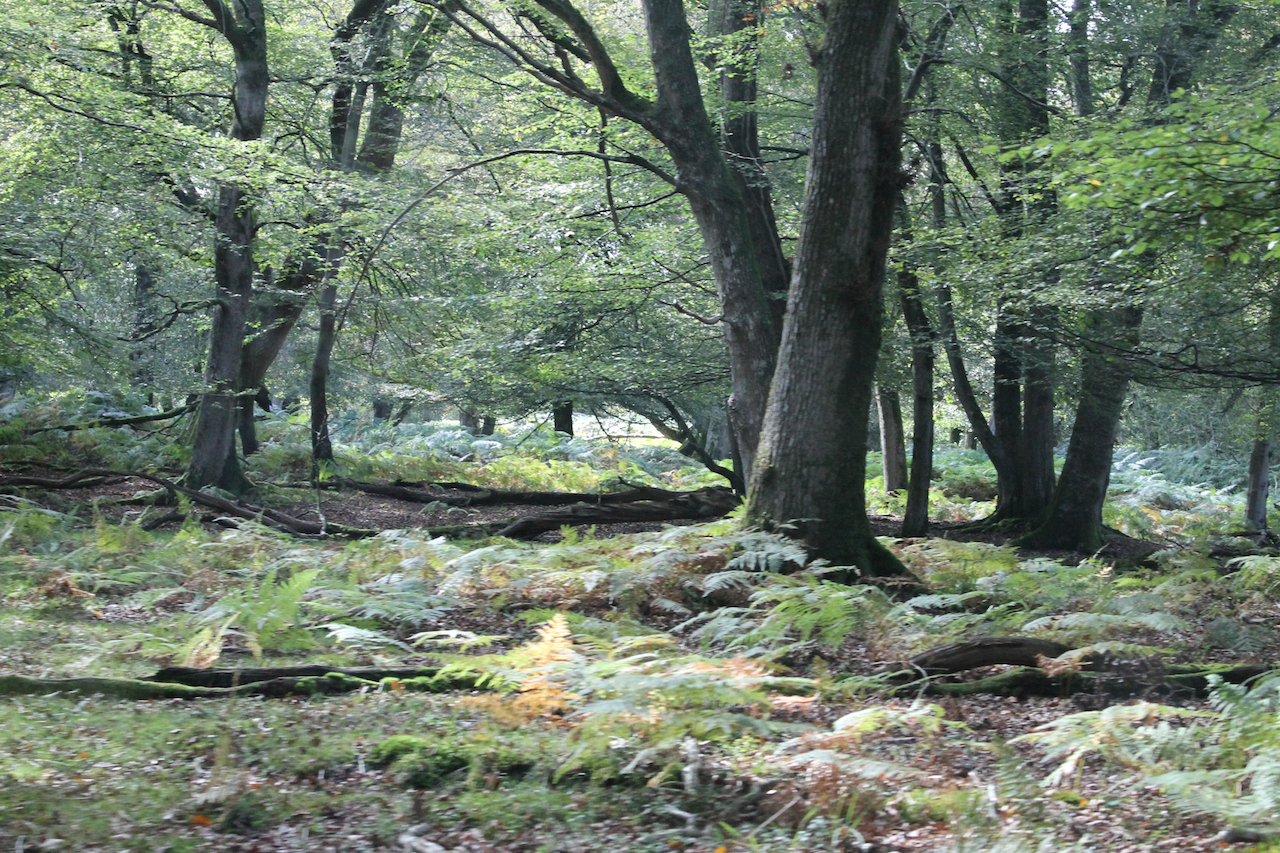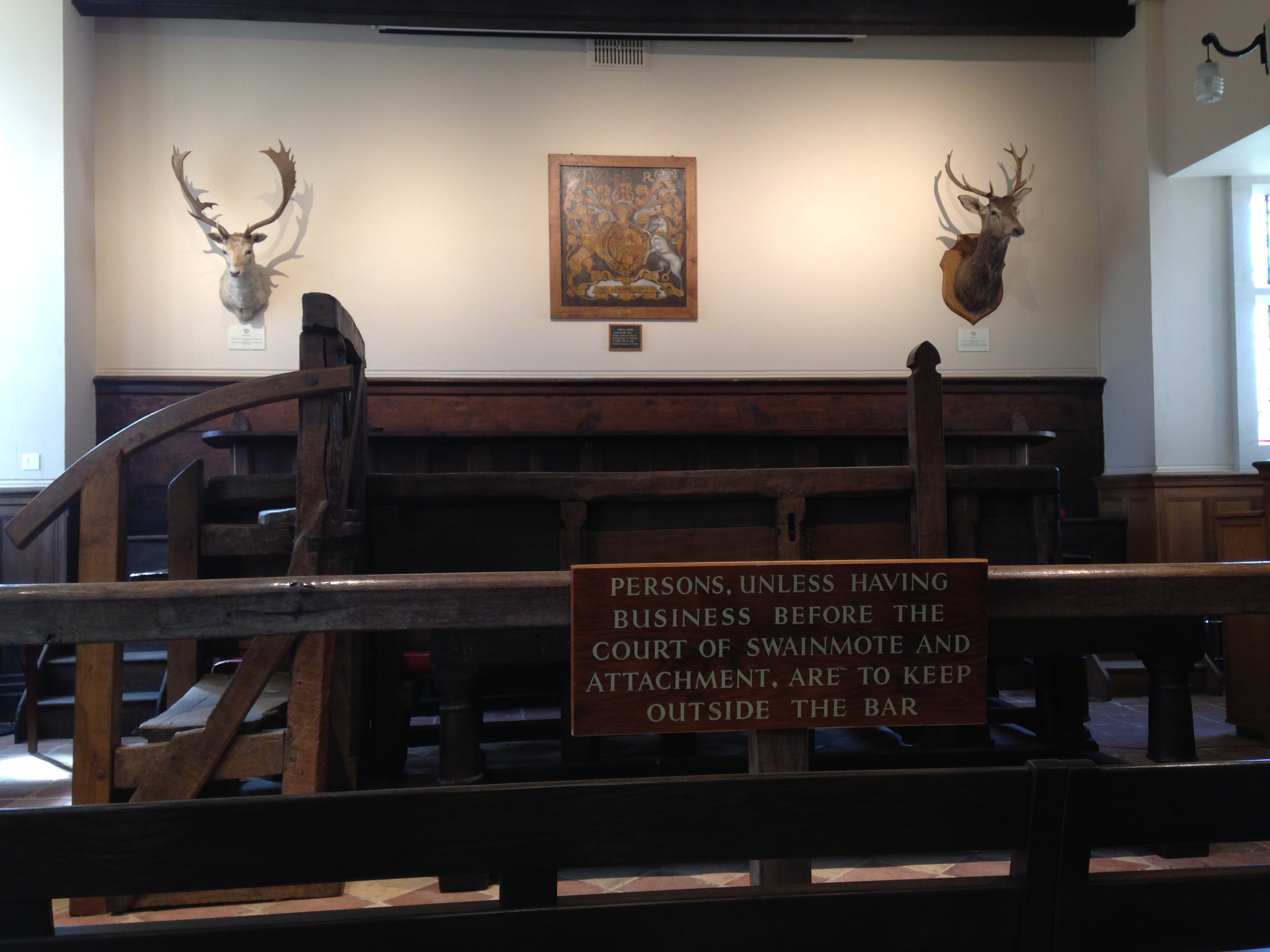
A ‘forest’ was formerly associated with an area where game was preserved for royal hunting, unlike today where we think of a forest as being a place filled with trees.
Nowadays we think of a forest as a place covered in trees but in medieval times it was understood to be a reserve for royal hunting. A ‘forest’ could also include whole villages and other settlements, as well as vast expanses of heathland, areas of woods, bogs, and mires. Its definition was legal not ecological. Indeed, in about 1079, William the Conqueror renamed the area from Ytene (meaning ‘thorny place’ or ‘province of the Jutes’) to Nova Foresta, denoting its legal status as an elite hunting reserve – a New Forest. Such areas were already established in Normandy, where the Conqueror had been born and brought up, but were a novel concept in England. ‘Forests’ quickly became popular with the medieval monarchy and in the late 12th and early 13th centuries, at the height of this practice, one-third of all the land area in southern England was designated as royal forest. (The county of Essex was, at one stage in the 12th century, wholly afforested, while Henry II, on his accession in 1154, declared all of Huntingdonshire as forest.)
As King of England, William I also introduced forest law to protect the ‘venison’ (game animals) and the ‘vert’ (the vegetation and herbage the game animals depended upon for food and shelter) in his hunting reserves. So severe was forest law that it was reported it was designed to ‘leave the English nothing but their eyes to weep with.’[1]. Whereas previously, the people living in the forests had been able to exploit the available natural resources of the landscape to supplement their livelihoods, after the introduction of forest law there were dreadful, even fatal, consequences for those living off the land. For example, disturbing a deer meant punishment that included blinding or having a hand cut off, and actually killing one, even to feed hungry children, could lead to execution. Furthermore, those resident in the New Forest were not allowed to gather wood; nor were they permitted to clear the land or erect fences even if it were on their own property.
Keeping a dog could also have serious consequences, because officials believed they would be used for illegal hunting. Dogs that were unable to pass through a specially designed measuring device would have the middle two toes of their front paws amputated or ‘expedited’ to prevent them from chasing game. (Copies of the ‘Rufus Stirrup’, through which only small terrier-sized dogs could fit, can be found in the Verderers Court, Lyndhurst, and the Heritage Centre, Lyndhurst.) Forest law was harsh and proved very unpopular among the people.
The Forest judicial system
As well as introducing forest law, William I also introduced a tier of officials and courts to uphold the new legal system. Offences against forest law were divided into two categories: trespass against the venison (the game animals) and against the vert (the vegetation and herbage relied upon by the game animals). The court system was complicated and different levels of the judiciary would hear different levels of crime. The Court of Attachment, was held every forty days, and presided over by Verderers and the Lord Warden, or his deputy. The Court of Attachment did not possess the power to try or convict individuals, and such cases would have to be passed up to the more senior Swainmote Court, which could try offenders before a jury of freemen, but was held only three times a year. The highest-ranking court was the Court of Justice in Eyre. While this could pass sentence on offenders of the forest laws, it was held barely every three years or more. The whole judicial system was unsatisfactory and became subject to inefficiency, neglect, and abuse.
Stable stand Dog draw Back bear Bloody hand
Over time, the laws and legal system, introduced by William I, began to be altered in order to benefit those outside of the royal or aristocratic rankings. After concessions were granted in Henry I’s Coronation Edict of 1100; Magna Carta in 1215; and the Charter of the Forest in 1217, things even got a little bit easier for the Forest’s inhabitants. By 1217 the death penalty for poaching was abolished. Furthermore, officers of the Crown could not lawfully arrest an offender against the venison and vert unless the perpetrator was caught in either of the following situations: ‘Stable stand Dog draw Back bear Bloody hand’. Stable stand indicated that the man had been found with a long-bow or cross-bow bent at the ready or had dogs or hounds on a leash ready to let them off. Dog draw implied that the man had already wounded a deer or wild boar and had been found using a dog or hound to draw the animal or follow its scent in order to catch it. Back bear meant that the man had killed and recovered the animal and had been caught in the act of carrying it away on his back. Bloody hand literally meant being caught ‘red handed’ with the suspect’s hands covered in blood, whilst in the Forest. Any of these circumstances were enough for the suspect to be arrested and committed to prison where they would await trial.
The Verderers’ Court
By the middle of the nineteenth century it was clear that the laws, offices, and institutions of the Forest judiciary needed reform. While the current Verderers’ Court in Lyndhurst has its origins from medieval times it was reconstituted in its present form as a result of the New Forest Act 1877. The Act abolished the former oath of allegiance to the Crown and the Verderers now work in the interest of the commoners, common rights, and the New Forest landscape. The Court meets in ‘Open Court’ (usually on the third Wednesday of each month) at which the public may address the Verderers on any matter relevant to the management of the New Forest and subject to the Court Regulations. It is well worth a visit to see one of the oldest courts in the land perform its functions in managing the New Forest of today.

- R. J. White, A Short History of England (1967, Cambridge), p.45.
- Verderers of the New Forest: website


You must be logged in to post a comment.